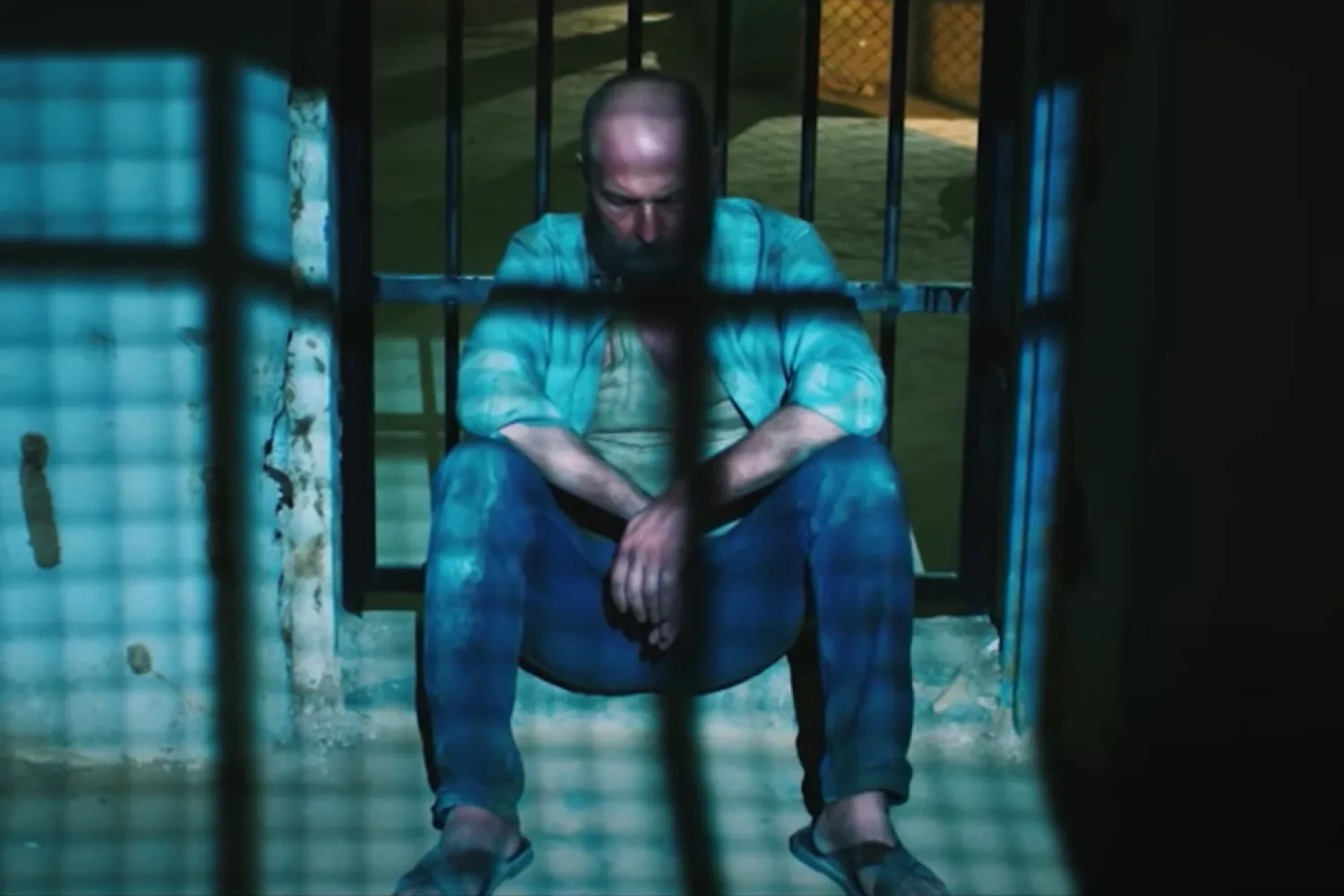In the 13 months for the reason that swashbuckling Russian sociologist was kidnapped by terrorists in the Libyan capital, he has been tortured, starved and tormented with mock beheading by sadistic extremists.
Through all of it, he stoutly rejected calls for that he confess to being a Russian spy.
That at least is Russia’s big-screen version of a real-life drama that has made the sociologist, Maksim Shugalei, and his Russian interpreter players in the latest murky tale of foreign intrigue unspooling amid the chaotic war in Libya.
The two men’s Libyan misadventure began in March last year with what their Russian employer described as a “research project,” which quickly landed them in a notorious jail on charges of visa violations and meddling in Libyan politics.
As part of a campaign to get the Russians freed, their employer, a shadowy private Russian foundation, helped finance a feature-length movie that premiered on Russian state television last month.
The saga took a strange new twist last week with Russian and Arabic news reports that the two Russians had been taken from their cells near the Tripoli airport and flown to Turkey, Russia’s rival for influence in Libya, for questioning by Turkey’s secret police.
Officials of the Libyan government in Tripoli, which is holding the Russians, denied the reports.
“They have not been transferred to any other place,” said Ahmed bin Salem, a spokesman for the militia that controls the jail where they are held. Turkey had no comment.
Still, the reports underscored how the two Russians’ fate had become entangled in the byzantine jockeying among the foreign powers driving Libya’s conflict, notably Turkey and Russia.
More broadly, the case is emblematic of Russia’s multifaceted and sometimes contradictory engagements in the oil-rich North African country, where a plethora of official and nominally private Russian military and political outfits have forged ties with rival Libyan forces, apparently hoping that one of them will emerge victorious.
“The Russians like to spread their investments,” said Frederic Wehrey, a Libya specialist at the Carnegie Endowment for International Peace. “From the beginning, they could see that Khalifa Hafter was not necessarily a winning bet, so they hedged.”
The hedge in this case was Seif al-Islam el-Qaddafi, the second son of Libya’s deposed Col. Muammar el-Qaddafi, and an avowed rival of both Haftar and the Fayez al-Sarraj
Shugalei, 54, and his interpreter, Samir Seifan, were arrested in May last year after meeting secretly with Qaddafi, who has been indicted on war crimes charges by the International Criminal Court and is said to be hiding near Zintan, a town 85 miles southwest of Tripoli.
The Russians’ trip was sponsored by the Foundation for National Values Protection, an organization set up in Moscow to “spread the Russian ideology of goodness” and “to protect the national interests of the Russian Federation.” (It also sent a third Russian, Alexander Prokofiev, but he fled Libya before the other two were arrested and is now back in Russia.)
Shugalei, in addition to any credentials he may have as a sociologist, is a veteran political operative. He briefly made news in Russia in 2002 when he ate documents to prevent them from being handed over to a judge during a St. Petersburg election dispute.
Before going to Libya, he was part of a team of Russians accused of election meddling in Madagascar.
In Libya, his meetings with political figures drew scrutiny from Libyan intelligence, which had him and his interpreter arrested. Officials seized documents and laptops that, they said, showed that Shugalei was plotting to meddle in Libyan elections and was coordinating with Qaddafi on a plan to get him back into a position of power.
The New York Times









